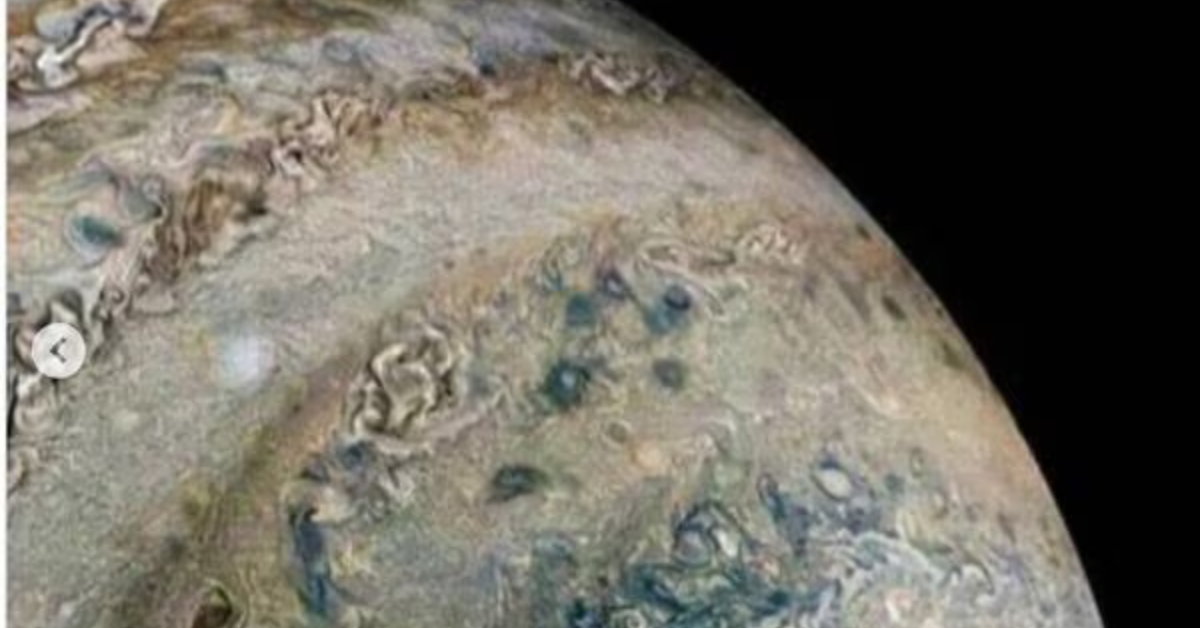Skygazers and space enthusiasts around the world are eagerly anticipating one of the most captivating cosmic events of the year – a total solar eclipse set to grace the skies tomorrow, on Monday. While total solar eclipses are relatively rare on Earth, they are a common occurrence on Jupiter, the gas giant surrounded by a myriad of moons. NASA recently shared mesmerizing images of solar eclipses on Jupiter, offering a glimpse into the spectacular phenomenon that unfolds on the distant planet.
Jupiter’s Unique Solar Eclipses:
Jupiter, with its vast array of moons, provides a unique spectacle of solar eclipses. Five of its moons – Amalthea, Io, Europa, Ganymede, and Callisto – are either large enough or close enough to the planet to completely obscure the Sun. This proximity results in the occurrence of double, triple, and even multiple simultaneous eclipses on Jupiter, a phenomenon rarely witnessed elsewhere in the solar system.
NASA’s Stunning Images:
Accompanying its announcement, NASA shared captivating images captured by the Juno spacecraft, showcasing Jupiter’s surface during a total solar eclipse caused by one of its moons, Ganymede. The images unveil Jupiter’s mesmerizing cloud patterns, characterized by vivid stripes, bands, and swirls in hues of blue and brown. The intricate interplay of light and shadow during the eclipse creates a breathtaking spectacle against the backdrop of Jupiter’s majestic atmosphere.
Description of Solar Eclipse on Jupiter:
During a solar eclipse on Jupiter, the planet’s clouds undergo a remarkable transformation, casting colorful patterns across its surface. The shadow of the moon, in this case, Ganymede, darkens Jupiter’s surface, creating a striking contrast against the vibrant backdrop of swirling clouds. The Juno spacecraft, positioned approximately 44,000 miles above Jupiter’s cloud tops, provides a close-up view of this celestial phenomenon, offering insights into Jupiter’s dynamic atmosphere.
Implications of Solar Eclipse on Earth:
While solar eclipses are common occurrences in the vast expanse of space, their impact on Earth is profound. A total solar eclipse occurs when the Moon obstructs the Earth’s direct sight of the Sun, resulting in a temporary darkening of the sky akin to dawn or dusk. While the upcoming solar eclipse on Jupiter offers a captivating spectacle for astronomers and enthusiasts alike, it also serves as a reminder of the cosmic wonders that unfold beyond our planet’s boundaries.
Visibility of Solar Eclipse 2024:
Although the solar eclipse will not be visible from India, skywatchers in the United States, Canada, Mexico, and other parts of North America will have the opportunity to witness this celestial event firsthand. On April 8, 2024, a total solar eclipse will traverse North America, captivating observers with its awe-inspiring display of celestial mechanics.
As anticipation builds for the upcoming total solar eclipse on Jupiter and the solar eclipse on Earth in 2024, NASA’s revelations offer a glimpse into the mesmerizing beauty of the cosmos. Through stunning images and scientific insights, we are reminded of the boundless wonders that await exploration beyond the confines of our planet. Whether on Jupiter or Earth, solar eclipses serve as poignant reminders of the interconnectedness of the universe and our place within it.















